Mountain bike slang - a beginner’s guide to speaking proper MTB
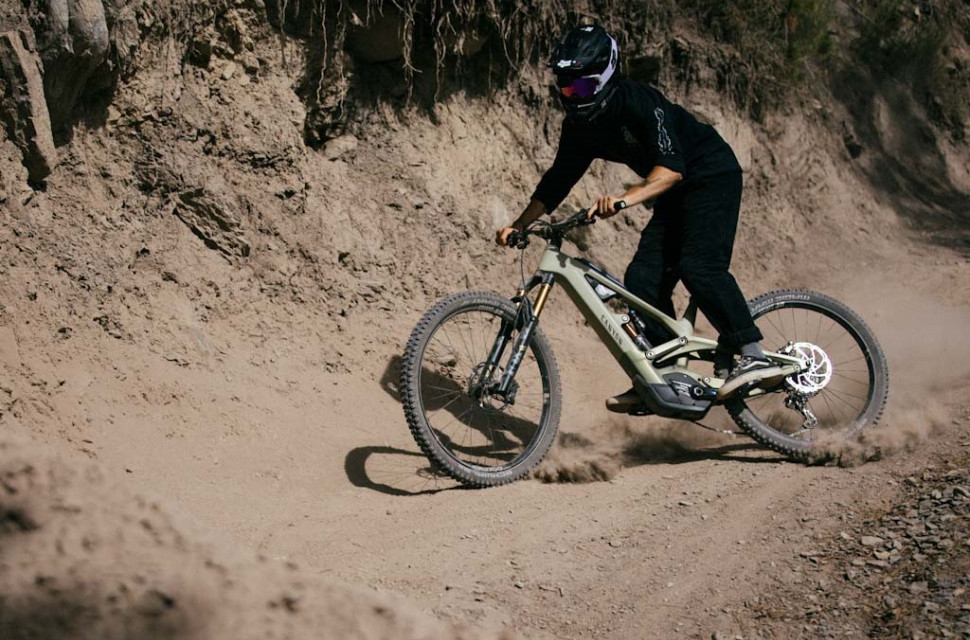
Like any outdoor activity tribe, mountain biking has its own language and vocabulary. Newbie riders are often wildly confused by the various names used for components and features on the trail. Not to mention simple keywords used to describe riding.
- Best hardtail mountain bikes 2023 - great hardtails for every budget
- How to start mountain biking
- Tips for beginner mountain bikers - MTB hacks to make you faster and confident on the bike
To help you develop that mountain bike vocabulary and dictionary, which should make the trail centre and bike shop more welcoming and less intimating venues to communicate in.
There is no mountain biking without your bike, and it’s perhaps the first place where riders learn their technical jargon. And there’s a lot to get confused about. What are some of the mountain bike keywords you should know? We’ve got a list below…
Bike tech basics
‘A’ is for Allen key: and a great starting point. These tooltips adjust Allen head bolts, keeping most of your bike's components fastened. Any mountain bike multitool will have a selection of Allen Key head, usually in sizes 4, 6 and 8, which can adjust most of your brakes, cleats, handlebars and stem.
‘B’ is for bottom bracket: a bottom bracket is the threaded and smoothbore opening that runs through the bottom of your frame. It is where your crankset mounts into. Why is the bottom bracket important? It is the first place mechanics start fiddling when your bike makes a creaking noise under pedalling power.
‘C’ is for clutch: Although you might only be familiar with a clutch on your car, mountain bikes also have clutches. Traditional rear derailleurs were designed to have reasonably little tension, to allow riders to easily extend them and remove the rear wheel when required. But the single chainring drivetrain on most modern bikes needs more chain tension to prevent chain drop. That’s why the derailleur clutch exists: it keeps your chain perfectly tensioned, but you can ‘relax’ it with a simple tab switch when you need to remove that rear wheel.
‘D’ is for dropper seatpost: To non-riders the idea of a remote adjustable seatpost sounds strange, but the dropper seatpost has been revolutionary in mountain biking. It lets you get low and be more stable on those technical descents. To sound cool, you should always say ‘dropper’ and never use the full description as ‘dropper seatpost’.
‘G’ is for galvanic corrosion: This might sound like something from your high-school chemistry class, but it’s very important with modern mixed-material mountain bikes. Carbon-fibre and aluminium bits react to each other galvanically. And that creates the risk of galvanic corrosion, where an aluminium seatpost can ‘seize’ into a carbon frame if you don’t use the correct anti-binding paste. And to loosen and extract it can prove mighty expensive.
‘I’ is for inner diameter: This describes the width of a mountain bike rim. It is a misleading term because technically, you could just say ‘inner width’, but that’s not how the technical manual uses it.
‘N’ is for narrow-wide: This concept pairs with the idea of that clutch derailleur and keeping your chain from dropping. Mountain biking borrowed the alternating tooth width idea from agricultural machinery, where chains must run through a lot of mud and grit without falling off.
‘R’ is for rebound: This is the speed at which your mountain bike’s suspension fork or shock returns to its set position after a terrain impact. Rebound is set with either slow- or high-speed adjuster dials, depending on the complexity of your suspension components. Most newbies misunderstand rebound and err on riding with it set too slow.
‘S’ is for slack: No, we’re not referring to your workspace. In frame design, mountain bikes with a head angle of less than 66 degrees, are generally referred to as ‘slack’. The slacker a frame’s head angle is, the slower it will turn, but the more stable it will be descending very steep terrain.
‘T’ is for torque wrench: Precious few riders have the skills and experience to fasten components correctly, without overtightening them. And this can be catastrophic with carbon fibre handlebars, especially. A torque wrench can be pre-set with a specific value to ensure you don’t overtighten components and hear that tellingly expensive ‘crack’.
‘W’ is for wheelbase: The distance between the front and rear axle is simple enough to understand, but why is it important? Bikes with a longer wheelbase track better at speed, feeling more stable and less given to being deflected off-line, by rocks and roots. Wheelbase grows in relation to agility diminishing. A long-wheelbase bike can feel ungainly on trails with many tight corners.
Riding and trail terminology
Once you have mastered the bike and component vocabulary, you must show slang awareness on the trail, when exploring and riding.
‘A-line’ is an expert trail shaped with big jumps, drops and extreme rock gardens. It has no escape lines for any of the features. Newbies should stay away.
‘Braking point’ is often an ignored concept by newbie riders. Each corner or trail feature has an ideal braking point, often far earlier than most riders realise. If you are braking mid-corner, be assured that you have unquestionably missed the braking point.
'Berm' is a steeply banked corner which it’s possible to take at speed.
'Camel bumps' is two jumps placed one after the other with a gap in between. This trail feature can also be called a 'double' (below)
‘Doubles’ can be twice the fun or a nightmare if you get them wrong. A double is a jump with a take-off and landing zone separated by a gap in-between. Unlike tabletop jumps, if you short a double, there’s no safety landing surface, and you will have a nasty crash.
'Drop off' is a steep and sudden drop on the trail. For example, it can be a vertical drop a flat rock, or a built, wooden platform. A small drop-off can be called a 'step down'.
'Freeride' is usually used to describe an area of trail with lots of jumps, berms, camel bumps and drop-offs, but it is also its own discipline - you can read about it here. If you wonder what camel bumps and berms are... they are trail features (see further down).
'Gnarly' is something you will likely hear a lot riding in the UK trails. It refers to a section of trail that’s especially rough and rugged and often steep - very often used to describe a trail filled with roots, too.
‘Hero dirt’ is a term that often confuses newbie riders. But it is one of the most valued slang phrases in mountain biking. All experienced riders dream of hero dirt. What is it? It’s that perfect loamy, slightly moist trail surface that sets after some light rain and a day or two of sun. Hero dirt is perfectly grippy, without being slippery and makes the most memorable rides on singletrack and technical trails.
‘Loose over hardpack’ is another unfathomable term for newbies, although it is very literal. It describes the dry trail conditions often found in the American Southwest, Spain and Africa. Loose over hardpack can often be deceptively slippery, with granular trail pebbles and dust gathering in corners and catching inattentive riders unaware. There is virtually no tyre tread pattern which works perfectly on loose over hardpack.
‘Mullet’ is not a hairstyle reference in mountain biking. It refers to a mixed-wheel size bike, rolling a 29-inch front wheel and 27.5” at the rear. Mullet bikes have seen a resurgence with the advent of long-travel e-bikes, where the smaller rear wheel delivers greater agility and acceleration out of corners.
‘Switchback’ is a corner which turns back on itself through approximately 180 degrees. Trail builders use switchbacks on steep trails to create the best possible flow and singletrack riding distance. They are also tricky to master for newbies, and often where riders first learn the art of ‘looking through’ corners instead of ‘into’ them.
'Skinny' refers to a wooden beam, just wide enough to ride on, raised off the ground.
‘Trailhead’ is always the start of a trail, which often is also the end. But sometimes not, if a specific trail is point-to-point. The trailhead is where you’d park and meet other riders. A place of healthy banter and generosity, where a pump or some tools can always be borrowed, to complete some last-minute preparations for a ride.
'Trail features' are all of the different types of 'obstacles' on the trails. Think berms, switchbacks, skinnies, and drop-offs.
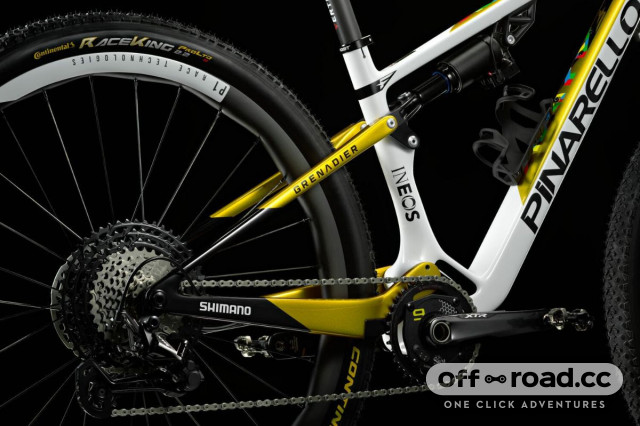

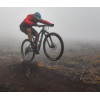


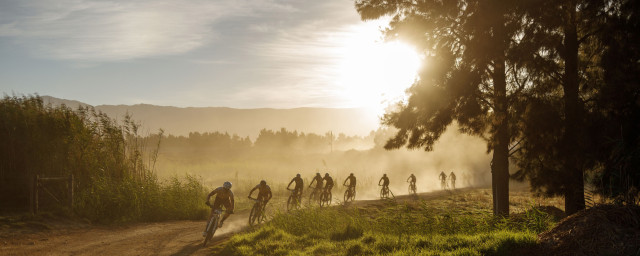
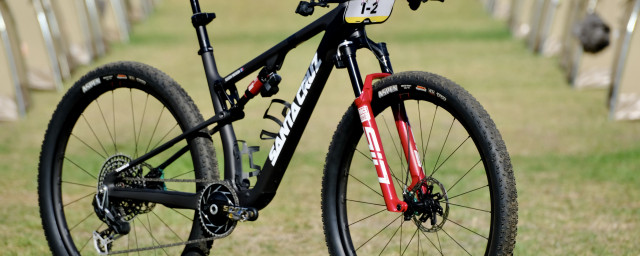
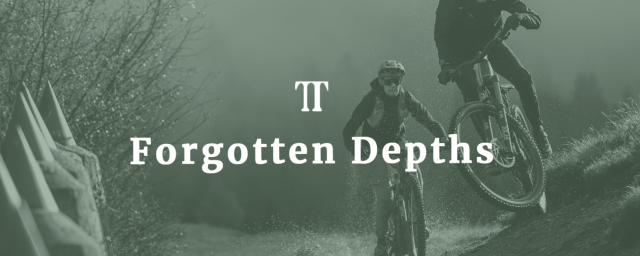

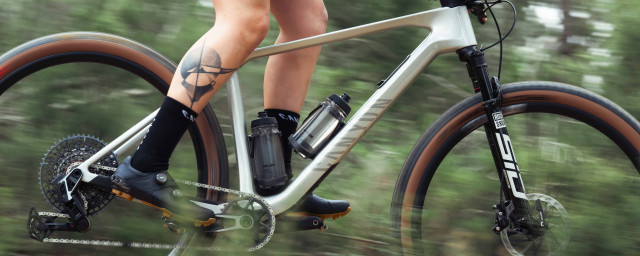
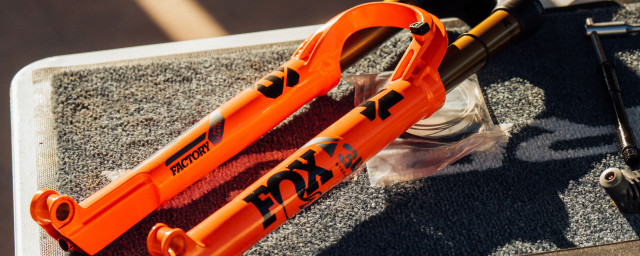
3 comments
[quote=TheBillder
If you've seen galvanic corrosion between a metal and a non-metal, then introduce yourself to the Nobel committee as they have a prize waiting for you. It's always between different metals.
...Or a metal and a conductive material, like graphite (hence carbon fibre). Carbon sits between Aluminium and Zinc in the reactivity series, above iron.
If you've seen galvanic corrosion between a metal and a non-metal, then introduce yourself to the Nobel committee as they have a prize waiting for you. It's always between different metals.
"The trailhead is where you’d park and meet other riders."
You forgot "Razz" I.e. close passing roadies on the way to from the trailhead in your black Audit estate or custom van.
"Gnarly" also refers to the ensuing conversation when the razz happens 200 yards from the trailhead.